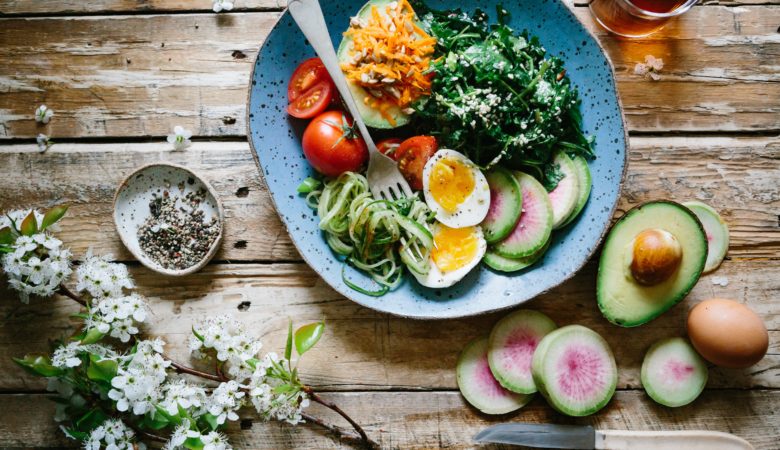The True Superfoods: 10 Foods You Could Literally Live on Every Day

We all know that eating a good diet is one of the best ways to ensure that our bodies get the nutrients they need, which in turn boosts immunity and keeps us looking younger while our energy levels stay high. There seems to be a special diet for every possible health need. But if you just want to add more superfoods to your meal rotation, adding these nutrient-dense ingredients will keep your taste buds as happy as the rest of your body.
Why superfoods should be on your grocery list
What makes a food a “superfood?” While it’s not exactly a scientific or regulatory designation, the term “superfood” is used to refer to exceptionally nutrient-dense foods. Some companies have jumped on the label as a marketing device, which is why you probably see the term everywhere.
While they’re not officially recognized as a food group by dieticians, doctors or the FDA, there are plenty of reasons to add these foods to your list. Many are plant-based, but some meat and dairy products are considered super foods. Generally, they’ll have an abundance of one or more of the following:
- When environmental factors stress your body out, it produces unstable molecules called “free radicals.” Antioxidants are nutrients that stop free radicals from damaging your body on the cellular level.
- Healthy fats. Your body needs you to include fat in your diet, although don’t expect to see pepperoni pizza with extra cheese on the superfoods diet anytime soon. Healthy fats like omega-3 fatty acids and unsaturated fats actually help control your weight and mood, among other important functions.
- Fiber performs a number of important functions, but the average American rarely gets enough of it. Yes, it helps you stay regular, but it also lowers your cholesterol, controls your weight and regulates your blood sugar.
- Phytochemicals are the reason your superfoods like kale, blueberries and beets have such dark, intense color—but they’re also responsible for providing essential nutrients in your diet. Some have been linked to a reduced risk of cancer or coronary disease.
The key to keeping a healthy diet is to vary and balance your selections—no need to make kale with kale sauce and kale sprinkles every night for a week. By incorporating the 10 superfoods below, you’ll have a delicious and healthy foundation to build upon.
Start with these 10 foods as the foundation of your diet
- Kale has loads of vitamins C, A and K1—just one serving can give you the entirety of your recommended daily intake. This dark green, leafy vegetable is hearty enough to stand up to soups and stews, but it’s also great in salads. Try pairing it with blueberries, avocados and beets for a superfood salad.
- Salmon is full of omega-3 fatty acids, which are linked to reducing heart disease, depression and more—and it tastes great, too. This rich, buttery fish also has vitamins and minerals like potassium, vitamin B and magnesium.
- Blueberries are packed with antioxidants, which have been linked to better brain function, lower blood pressure and cholesterol and may even help fight cancer—which is convenient, because they’re tasty and currently in season.
- You might not make a lot of new friends if you load up on garlic all the time, but your body will be happy. This cancer-fighting ingredient is high in potassium, calcium, B and C vitamins and more.
- Deep garnet-red beets (as well as their golden and candy-striped cousins) are dense in nutrients like folate, vitamin C, potassium and betaine. Beets tend to be high in sugar content, but their earthy sweetness is great in salads.
- Dark chocolate. Oh darn, another excuse to eat chocolate—dark chocolate, anyway. This superfood is full of antioxidants, even more than blueberries. Break out that fancy dark chocolate you’ve been saving to lower your blood pressure and improve brain function, among other benefits.
- Another food for the “healthy fats” category, avocados are full of B, K, C and E vitamins, potassium and around 15 grams of healthy fats per fruit. As if anyone needed an excuse to eat more guacamole.
- Chia seeds. Chia seeds have fiber, fatty acids, protein, vitamins and minerals, which means that chia seed pudding you’re making for dessert is totally guilt-free.
- Quinoa is a great grain to serve next to salmon, vegetables and other lean proteins—it’s also high in protein as well as fiber, keeping you feeling full longer.
- Coconut oil. Finally, if you’re cooking with oil, consider coconut oil. It’s full of healthy fatty acids, and tastes great, too.

